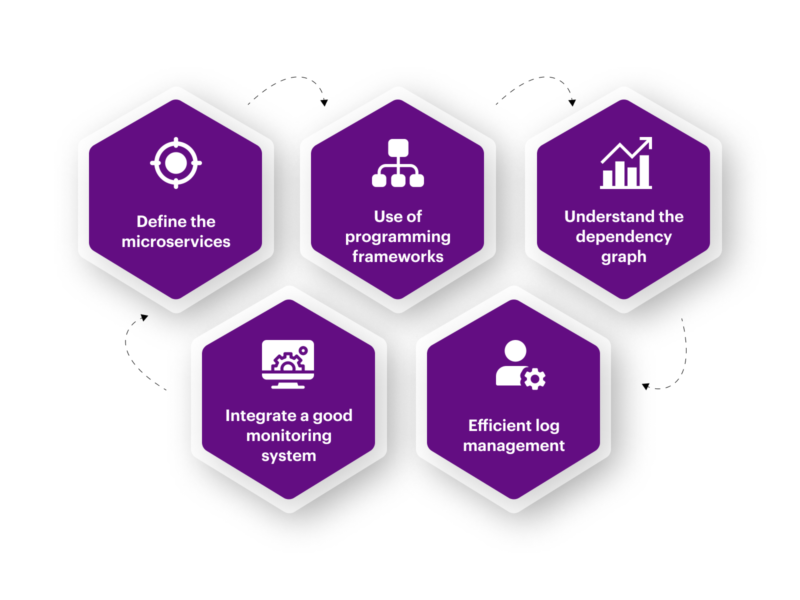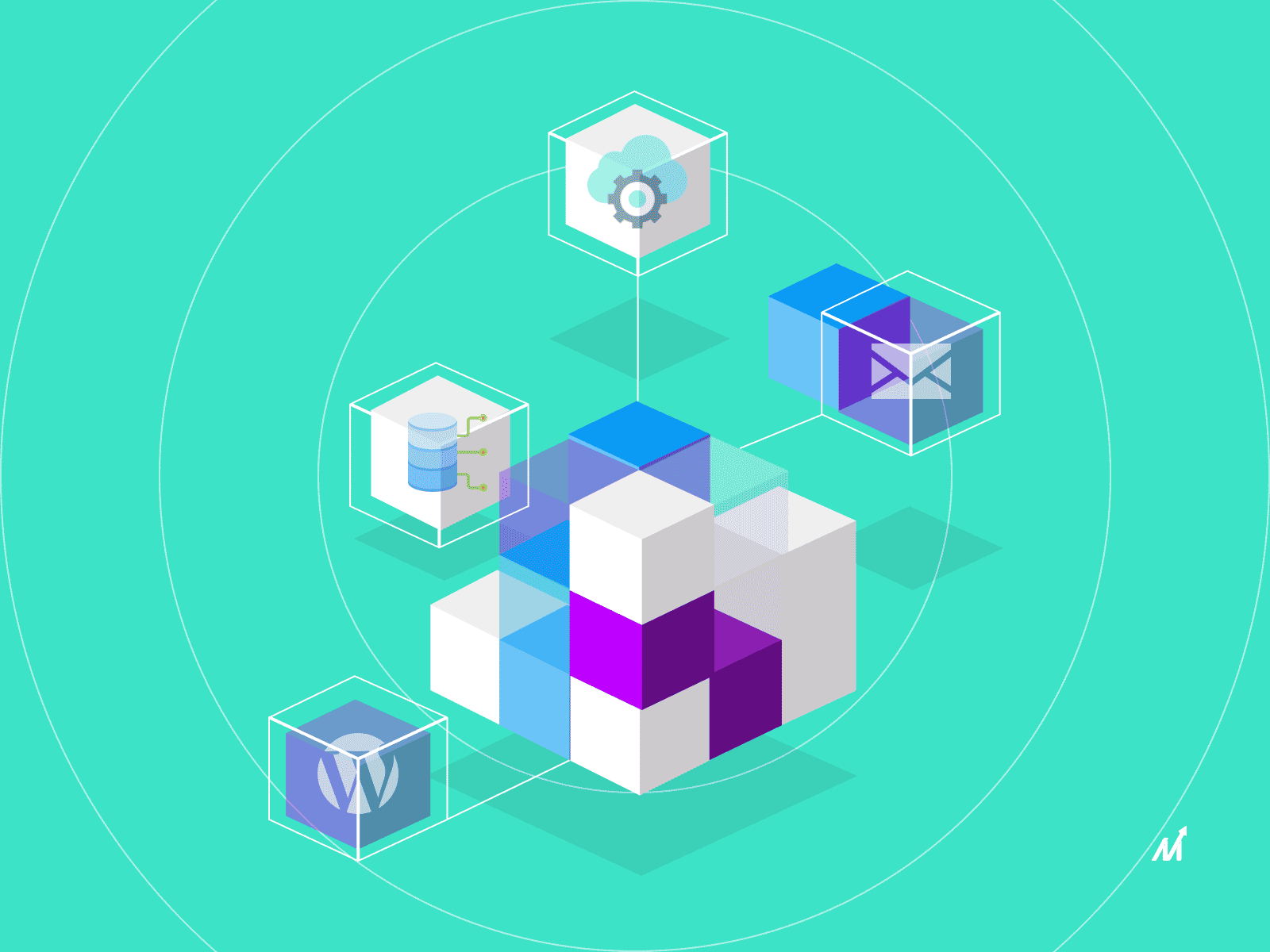The dependency of businesses on SaaS is unparalleled. SaaS product development has transformative solutions to overcome business shortcomings, such as lack of resources, heavy expenditure on software, security issues, etc. They maintain databases, are much more efficient and reduce the load on the business developer, who can focus on other aspects instead of the profoundly technical ones.
SaaS can play an enormous role in optimizing business needs and making their businesses global with minimum dependence. They host the software, provide customer support, manage the hardware and software components and thus ensure reliability and scalability. It’s no wonder that people are investing billions of dollars in this industry!
SaaS product development: Choosing the right platform
A common question might arise: How do you select the exemplary SaaS platform architecture?
The SaaS app development model helps to host applications on a remote server over the Internet and then provides its services to the user and customers globally. This model might vary from business to business depending on their requirements.
Thus, cost optimization, minimal maintenance, and extreme flexibility become extremely attractive points, making the SaaS model an extremely popular and adaptable choice. Choosing the right SaaS platform for developing your product and fulfilling your enterprise’s needs becomes necessary.
Thus, here we are going to summarize the pros and cons of all four types of architecture, which will help you to judge which one suits you the best:
1. Monolithic
It is pretty easy to use and straightforward, and everything is in one place, making testing more feasible. But, this might not be the best choice as scaling up has become a big issue and complex applications face many problems because it’s very rigid.
2. Microservices
In this, all the modules are deployed independently and communicate through API calls to work in sync together. This is more scalable and resource-friendly, but testing and the complex architecture might cause problems.
3. Single-tenant
Every tenant has a separate set of resources for which they are paying, and the development environment solely caters to them. It does make customization easier and results in higher security, but it is heavy on costs.
4. Multi-tenant
This form of architecture believes in sharing resources amongst multiple tenants while keeping the data integrity simultaneously, as it’s financially more effective. There might be complications with customization and updates at times, though.
Considering all the factors like flexibility, costs, and maintenance, one must decide which type of architecture is the best as each has its pros and cons.
A glimpse into why you should use microservices for SaaS product development
There are quite a few reasons why the microservices architecture can prove to be quite beneficial:
1. More efficient and faster deployment
Since the codebase is smaller and in parts, the deployment is faster and saves you money. Identifying an error and debugging it is also much simpler since you have a limited amount of code to search for
2. Increases scalability
All the services have a separate functioning; therefore, working on it to increase their functionality or add new components can be done without disturbing the whole system. Depending on the teams’ convenience, it is possible to use a different tech stack for each module.
3. Quick recovery and increased productivity
If there is a fault in a microservice, it can be fixed separately and quickly without affecting the whole application. Developers would know which area to fix and then work on it accordingly, enabling faster recovery. This increases productivity also due to the micromanaging of different services.
4. Much more improved DevOps
The microservices architecture enables the DevOps team to develop, deploy and test with agility and look into each service individually. This increases the attention and results in the overall performance of the applications, as there is no hindrance if all the modules are independently functioning well.
Top 5 microservice best practices
1. Creating separate database storage for each microservice
In general, it’s observed that most microservices share a common database for accessing the data, which might defy its purpose. If each microservice had access to its database table, it would promote isolation and independence from the other. This would ensure that even if a fault occurs in the more extensive database, the microservices are not affected.
2. Ensuring proper security
More and more microservices increase the complexity and the need for security. A centralized system is thus needed to keep attacks in check, be it an incorrect code or a malicious robot. One needs to install a system that has plugins to look after security measures like authentication and authorization.
3. Continuous monitoring and check-on metrics
Since the whole application can become increasingly complex due to the number of modules and microservices, synchronizing it together for smooth functioning becomes crucial. This type of architecture needs to be kept in check so that it can be looked after if anything at any point seems suspicious/ off. Various systems can be integrated, maybe in the form of SDKs or plugins, to look after these metrics such as storage, resource usage, latency, etc. It helps the team to make better and more strategized decisions.
4. Keeping smaller microservices
This essentially means reducing the load on one microservice and assigning it only a limited domain to function instead of making it very advanced and complicated. Smaller microservices are easier to manage, debug and deploy. Also, if a certain feature stops working, it won’t create a domino effect and control the working of other microservices. Limited logical functionalities are much easier to work with and reduce the blow on the application.
5. Using asynchronous communication
Asynchronous communication reduces the load and is more reliable in cases of a glitch or technical fault. You can prioritize processes using queues, making them autonomous and supporting microservices’ isolation.
Factors to consider when using microservices for SaaS product development

1. Define the microservices
This involves formulating what all microservices you will use, the architecture you want to form, and the tech stack used by the modules.
2. Use of programming frameworks
Choosing a lot of frameworks may hinder the deployment process. Even though microservices are managed by API calls, writing different scripts for different frameworks after one point can become unmanageable and costlier in terms of resources. Thus, choose limited frameworks as per your requirements.
3. Understand the dependency graph
Since all the microservices work in sync to deliver the final application, the team must understand how they are connected and which service depends on the other. This would help identify any error faster and show which microservices are critical for the functioning.
4. Integrate a good monitoring system
All the microservices must function smoothly, independently, and together. Thus, keep in mind that an automated monitoring system needs to be designed to identify errors, ensure everything is working smoothly, and trigger an alert if any metric related to the app development looks wrong.
5. Efficient log management
Centralized logging is significant for analyzing and debugging the microservices. Logs should be streamed to a particular location, such as a database or a file in the repository. This ensures all logs are stored at the same place in a similar format, which helps to keep track of each microservice and debug when any problem occurs.
Single-tenant vs. multi-tenant
Single tenant involves a separate database and software application for each user, with no sharing amongst resources whatsoever. All the clients have access to their database and software. Whereas, in the multi-tenant architecture, each instance(e.g.:database) is shared by multiple tenants while restricting access to each other’s data.
A single-tenant architecture is quite costly, while multi-tenant architecture is much cheaper.
A single-tenant architecture is beneficial in cases where customized resources for the user are needed and can be modified according to their needs. The multi-tenant architecture, on the other hand, is much more efficient resource-wise, but it might not be as flexible as single-tenant
Multi-tenant architecture is usually recommended as it has generalized updates, is easier to manage, cost-effective, and is easier to implement. Single-tenant architecture requires individual updation and more resources in the form of time for maintenance.
The single tenant has the upper hand with security and fewer chances of cyber attacks, while multi-tenant offers the possibility of an attack or a data breach.
Markovate’s Approach
Markovate, a SaaS product development company, focuses on building successful SaaS solutions for your businesses, integrating all possible features, and achieving maximum productivity. SaaS product development is a domain that requires deep technical expertise and knowledge, and Markovate is here to offer you that! We develop in creating the best reliable software, with rapid deployment and increased security.
Our team works with multi-tenant architecture to give you the most optimized access to resources, with upgrades as per your inputs, as it saves time and money. We offer end-to-end SaaS app development support, from strategizing to deployment and maintenance. We also provide third-party solutions which can be integrated to improve the operating of your enterprise, along with an attractive and customizable UI/UX design which is engaging and user-friendly!
FAQs
1. What are the 3 C’s of microservices?
The 3 C’s of microservices are componentize, collaborate, and connect.
2. How many endpoints are in a microservice?
Depending on different cases, there might be one endpoint in microservices.
3. What are the top 3 most essential aspects of SaaS?
SaaS has multiple aspects, but the three most important ones are scalability, enhanced security, and cost-effectiveness.






















Discussion about this post